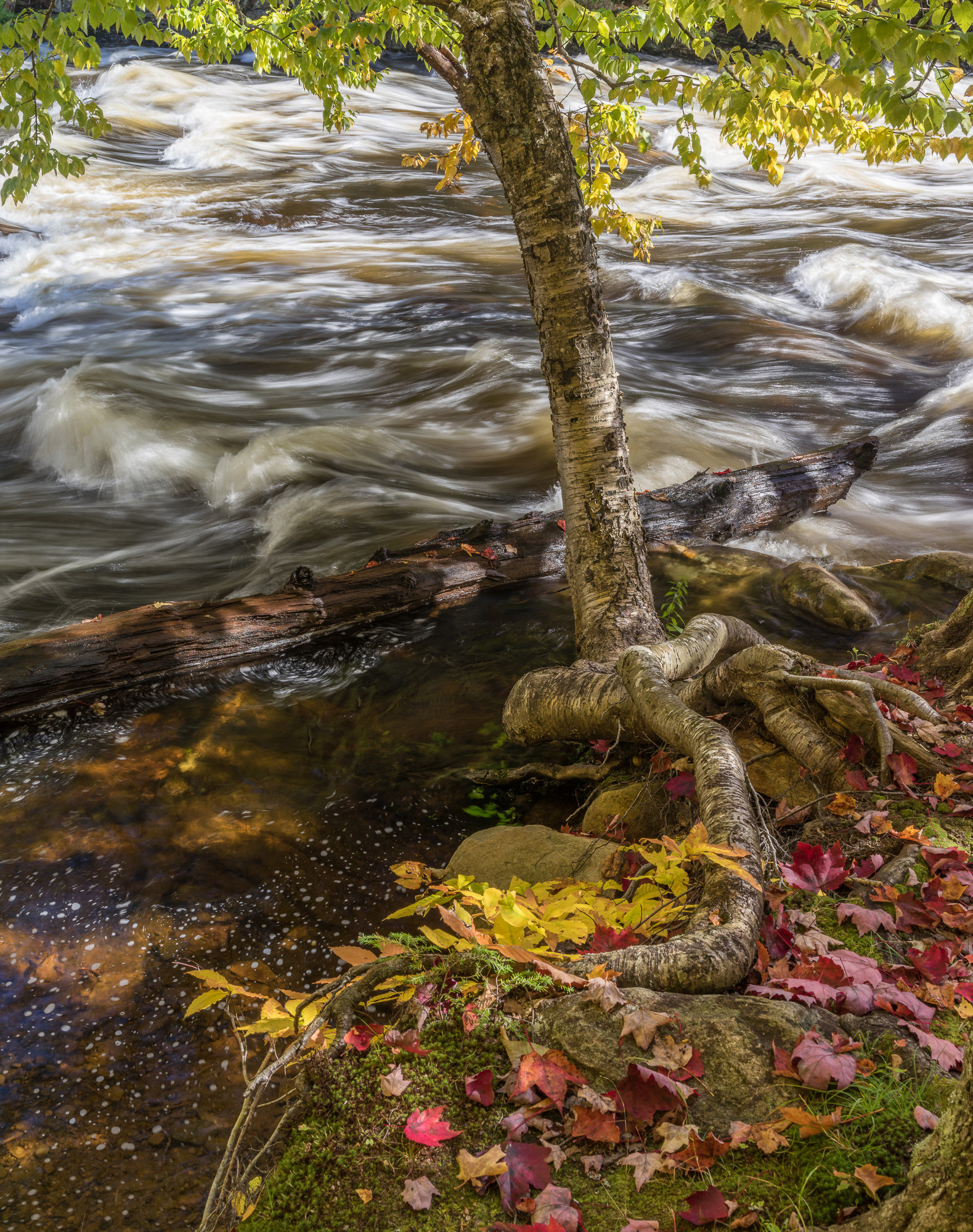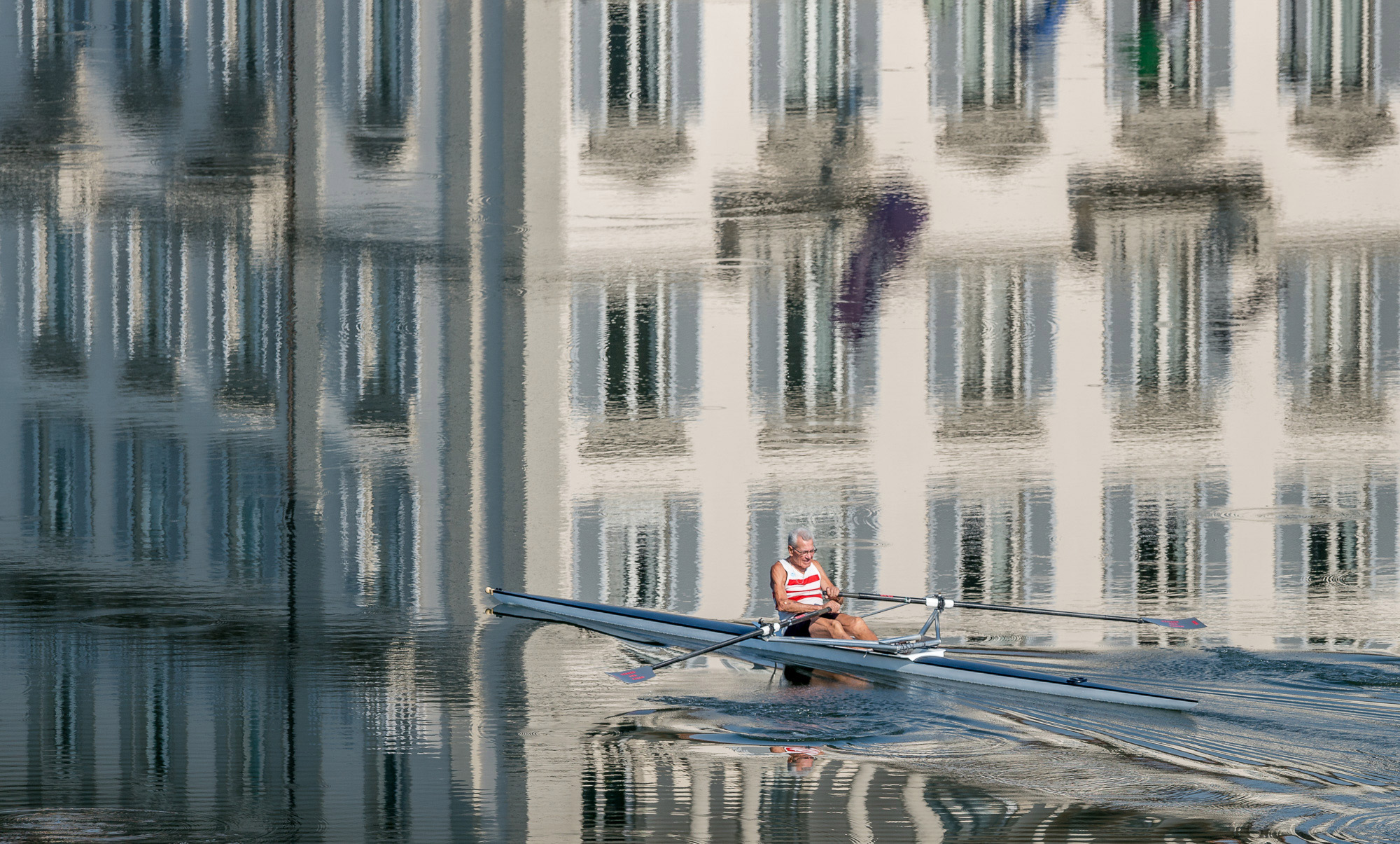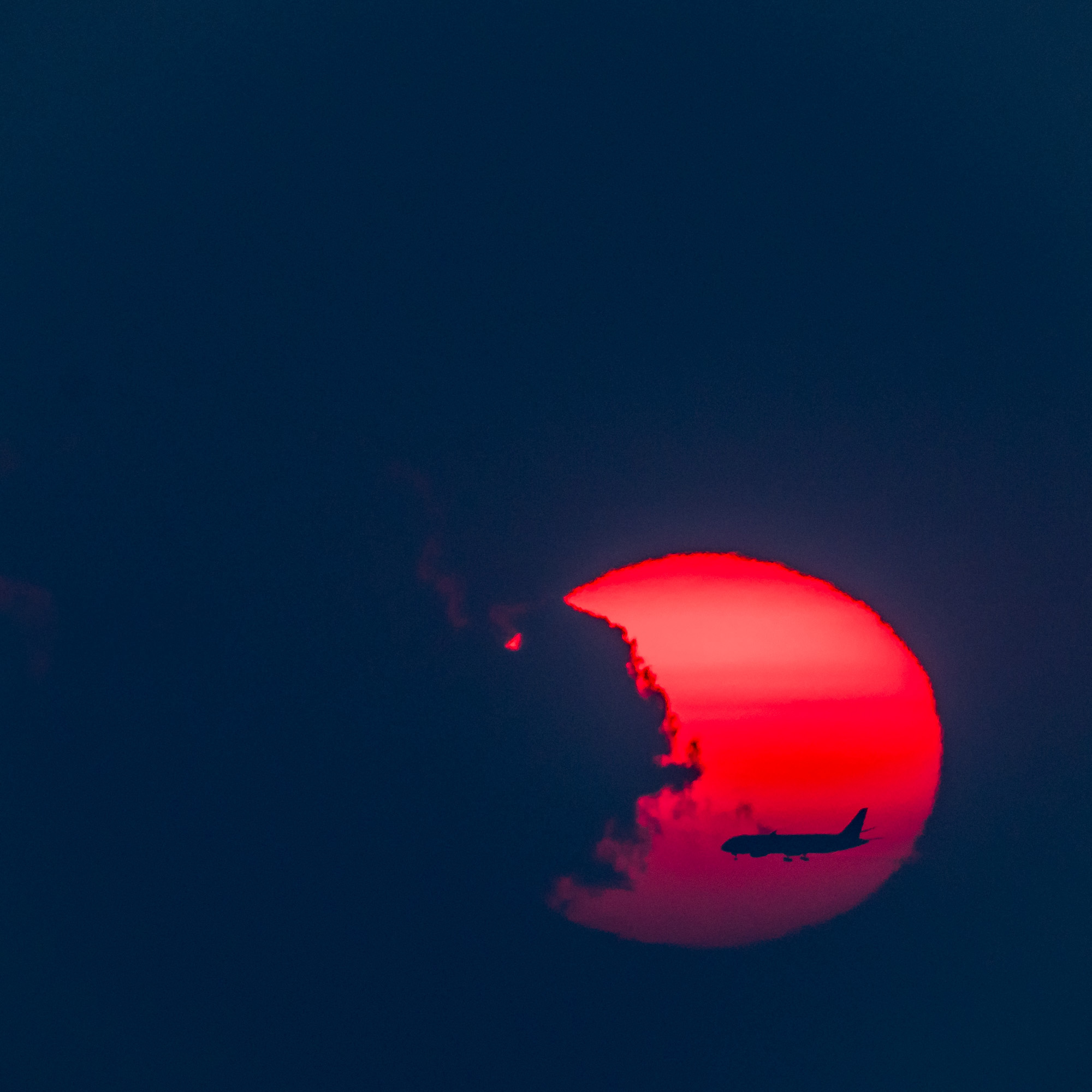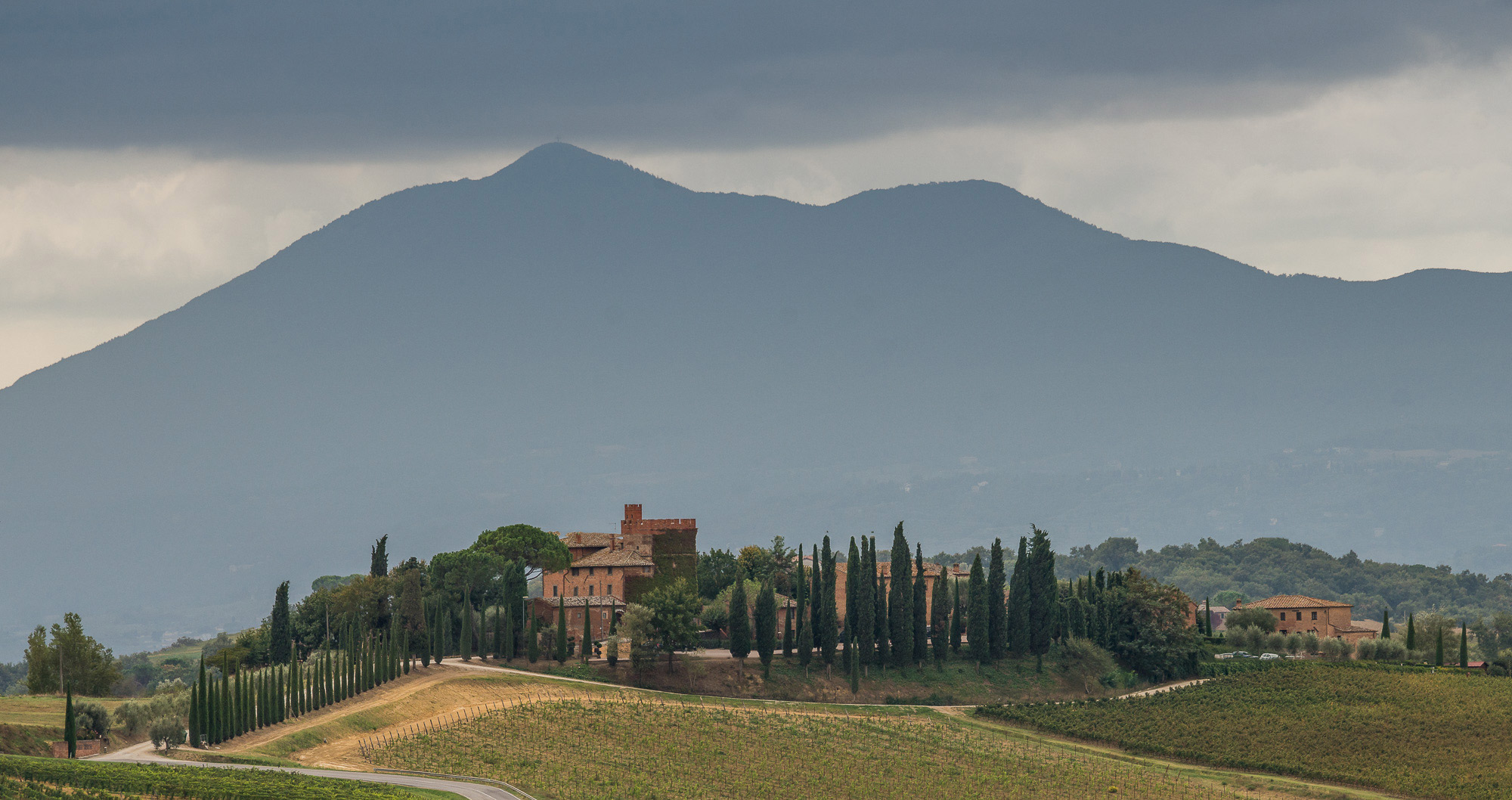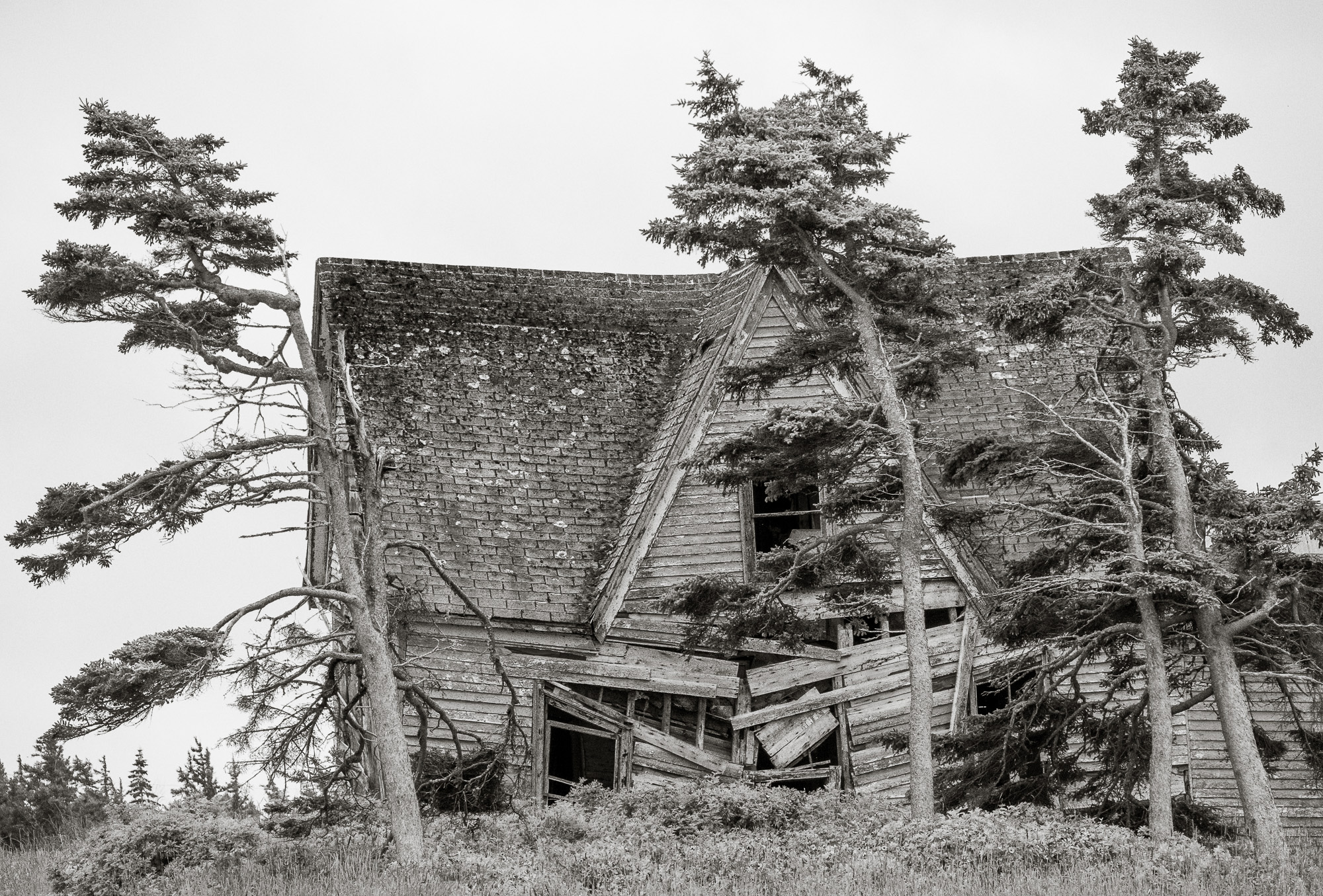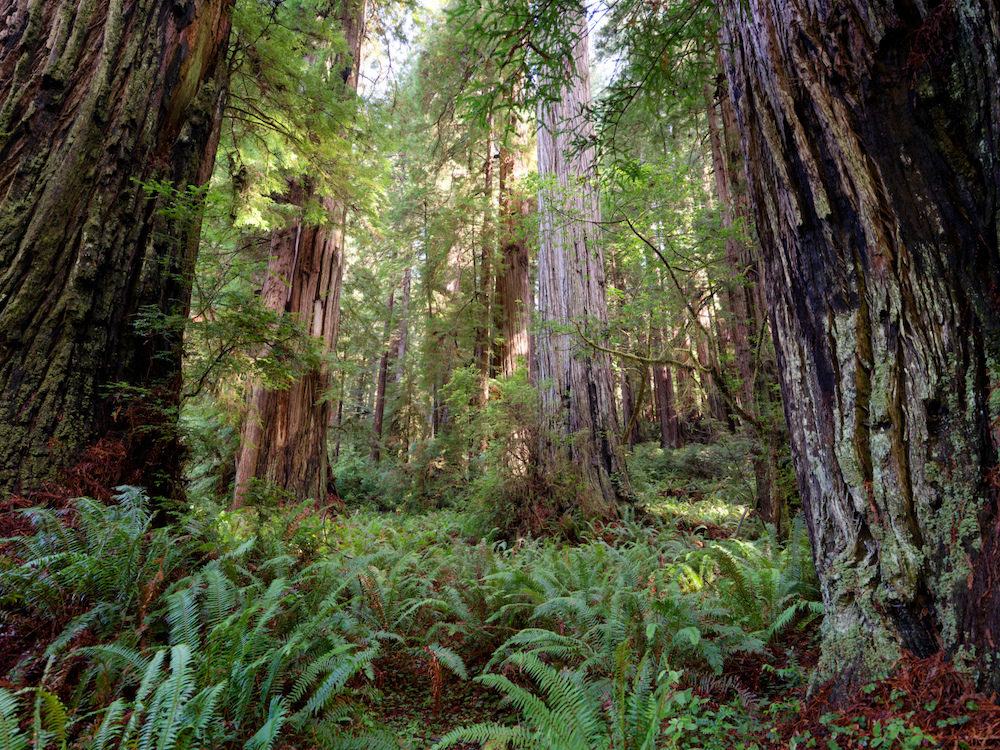

We’ve run plenty of pictures of the GF 20-35… Here’s a picture WITH it, in Redwoods State and National Parks…
Lens of the year: Fujifilm GFX lenses
Our lens of the year goes to Fujifilm, for three GFX lenses, one of which won a share of last year’s award based on a few weeks with an early review model. This year, I own the GF 20-35mm , I have thousands of images on it, and it lives up to its promise. It is the least distorting ultra-wide angle lens I have ever used, and it is paired with the remarkable 100 MP sensor. The only other wide angle lens (not a fisheye) that I know of that has ever gotten quite this wide on any format larger than 35mm full-frame is the Schneider 47mm Super-Angulon on a 4×5” view camera.
There are a few full-frame lenses that get quite a bit wider, but you’re not going to get this level of quality without the oversize format. It’s also a remarkably compact lens for what it is. It really looks like a 16-35mm f2.8 lens for a full-frame camera, and it is,effectively, almost exactly that. Once you take the format into account, it’s equivalent to a 16-28mm f3.2 (actually a bit wider than that at 15.6mm).
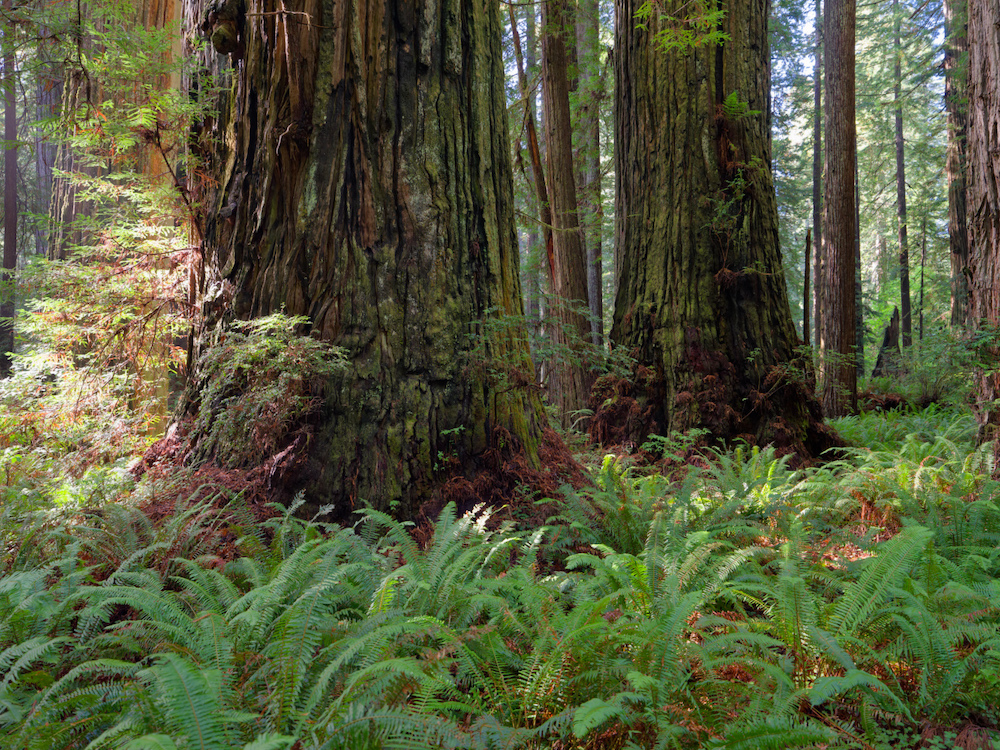

And another example… A magical lens in a magical forest.
A third of a stop and a bit of zoom on the long end of a wide lens is a very small price to pay for this kind of image quality in this format. It is an expensive lens ($2500), but not at all out of sync with the prices of similar full-frame optics (except for a very aggressively priced Sigma Art lens).
Canon’s and Nikon’s most closely comparable lenses are only a couple of hundred dollars cheaper (and slightly wider, starting at 15 and 14mm, respectively, while the Fujinon’s full frame equivalent works out to 15.6mm), while Sony has both a considerably wider 12-24mm G Master that is more expensive and a 16-35mm GM II with very similar range that is a couple of hundred dollars cheaper.
The Sigma 14-24mm f2.8 Art for Sony FE and L-mount is a superb deal at $1319. Canon has a much wider 10-20mm f4, which is almost in a different category (it is so wide that the narrow end of the zoom range is still an ultra-wide). That is a possibly revolutionary lens I’d love to test.
Given that the Fujinon is a medium format lens and given its image quality when coupled to the 100 MP sensor, it is a bargain. The premium to be paid for medium format is modest, and the image quality gain from the lens/100 MP sensor combination is considerable.


The GF 30mm f5.6, showing its tilt capability.
The other two lenses that figured in Fujifilm’s repeat win are both brand-new, just reaching the market now (I haven’t had them in hand yet), and they are both highly specialized – yet they are specialized in a way that is not only asked for, but especially well suited to the GFX and its contemplative style of shooting. These are the 30mm and 100mm Fujinon tilt/shift lenses.
They are the first tilt/shift lenses made for mirrorless by a Tier One lens manufacturer (the camera manufacturers plus Sigma, Tamron, Zeiss). They are the first Tier One medium format tilt/shift lenses in many years (there were a few film-era Schnieders). They are the first tilt/shift lenses to record tilt and shift data in the EXIF file, making correction of effects like vignetting much easier (as yet, software support for this is very limited). They are the first practical hand held tilt/shift lenses, because they are the first whose native mount features image stabilized cameras. Yes, you could use a Canon or Nikon tilt/shift DSLR lens on a stabilized mirrorless camera from the same manufacturer).
Stay tuned for the final award in 2023 Luminous Landscape for most versatile camera of the year.





